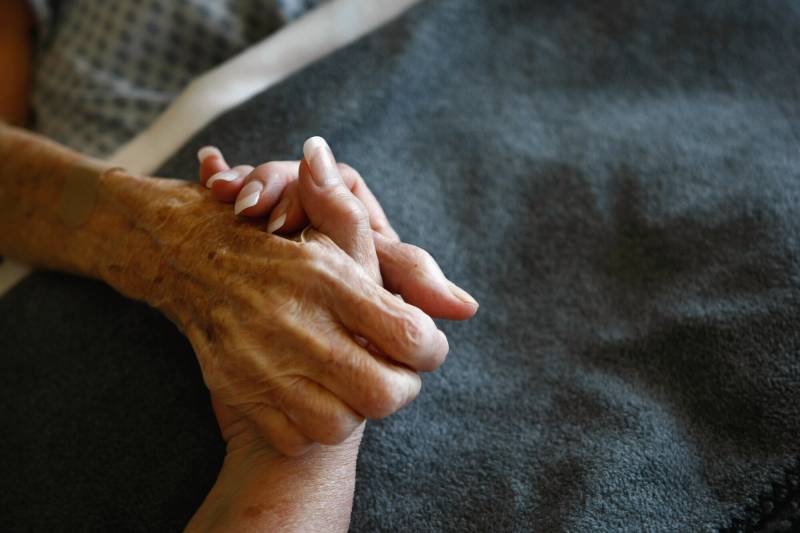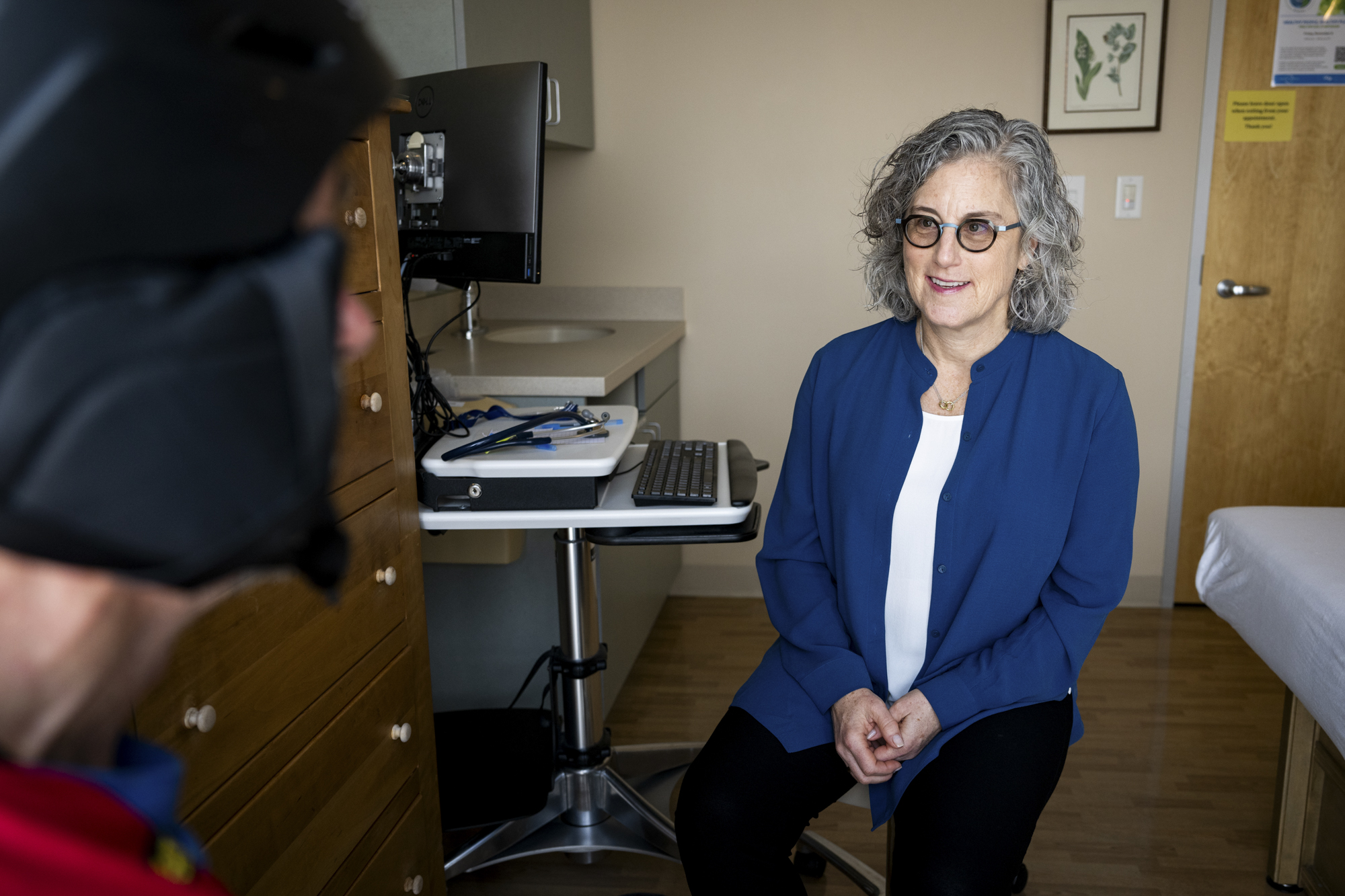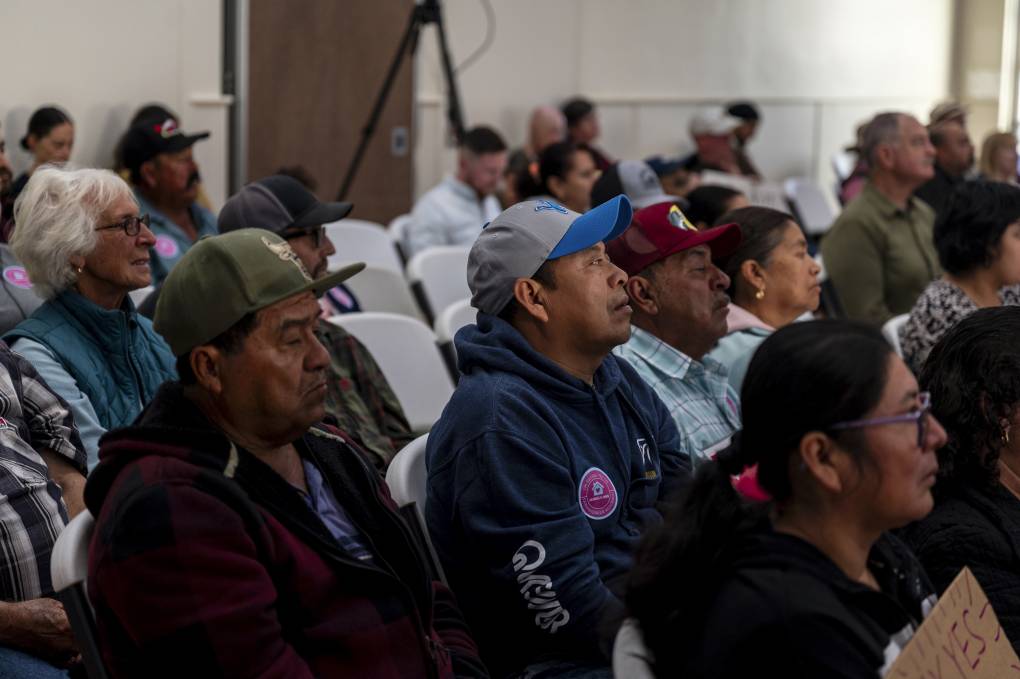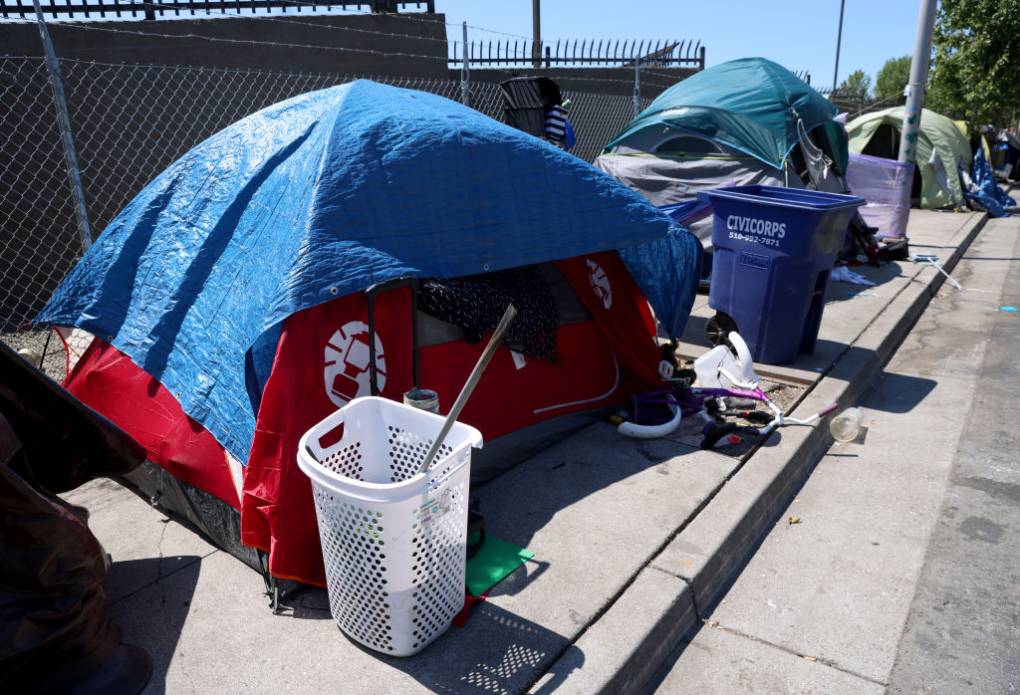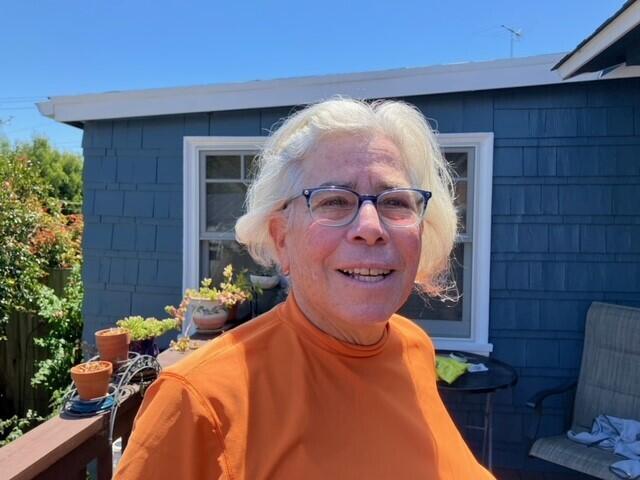When a loved one starts to forget things, starts repeating stories, or is physically ailing, it’s heartbreaking. The country collectively watched an example of this as President Joe Biden’s voice weakened over the past few years; he lost his train of thought during a high-stakes debate and then pulled out of the campaign.
“One of the things that makes it stressful is that people wait to have hard conversations until they are sort of imminent, and decline is happening,” said Louise Aronson, a geriatrician and professor of medicine at the University of California, San Francisco, in a recent episode of KQED Forum. “And so the person who is declining is feeling more threatened. If you begin sooner, then they’re more part of the process, and they feel a sense of control.”
These difficult conversations — even in private settings — remain surprisingly rare. However, geriatricians point to numerous tools and resources that can make the transition easier.
Making an optimal plan for elderhood
“The most helpful way to approach the conversation is to think about the tension between the two parties,” said Dr. Katherine Ward, a geriatrician with Stanford Senior Care. “The child is most concerned about safety in the older adult’s environment, and the older adult is most concerned about their independence. And so if you look at that tug of war, you can discuss the benefits and risks of both.”
Both parties may avoid the conversation altogether because they find the decline depressing. If a senior refuses to talk about the future, Aronson suggested expressing concern. A child can say something like, “I love you, and I am worried. I see that you didn’t pay your bills last month. Or, I see that your shirt is on backwards. Can we talk about getting some help?”
